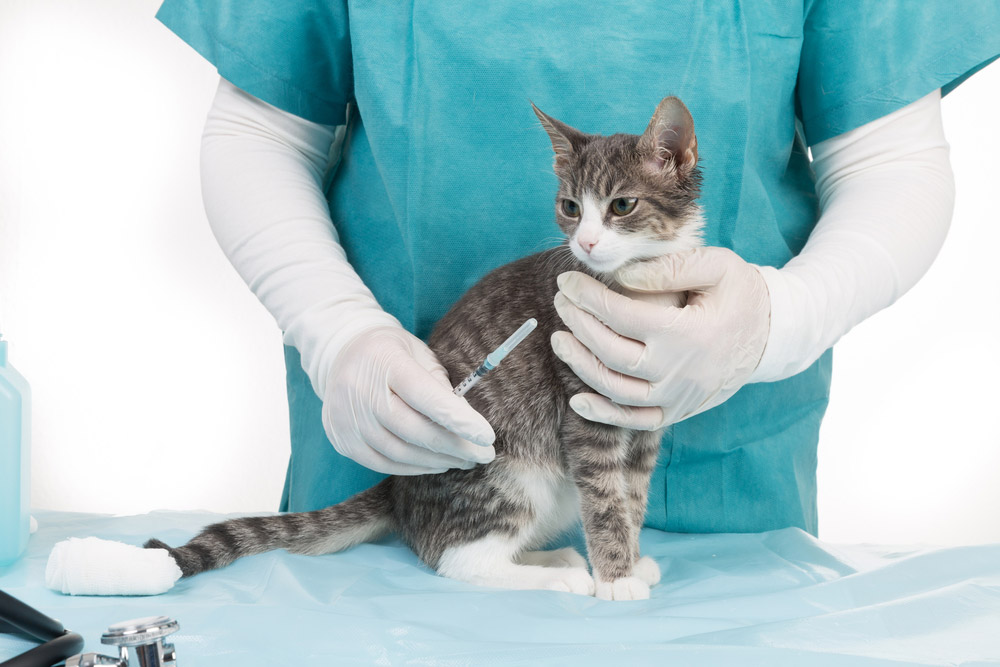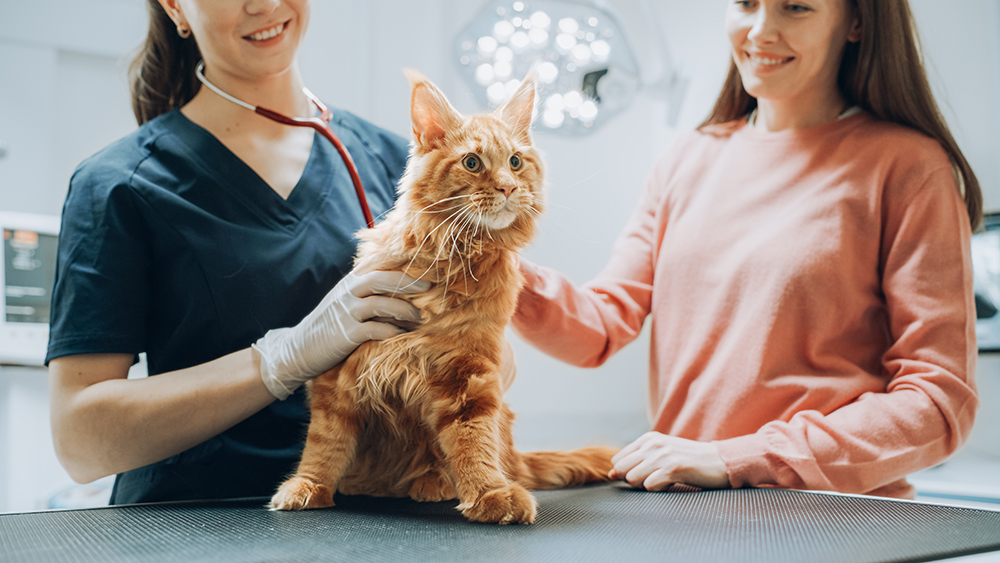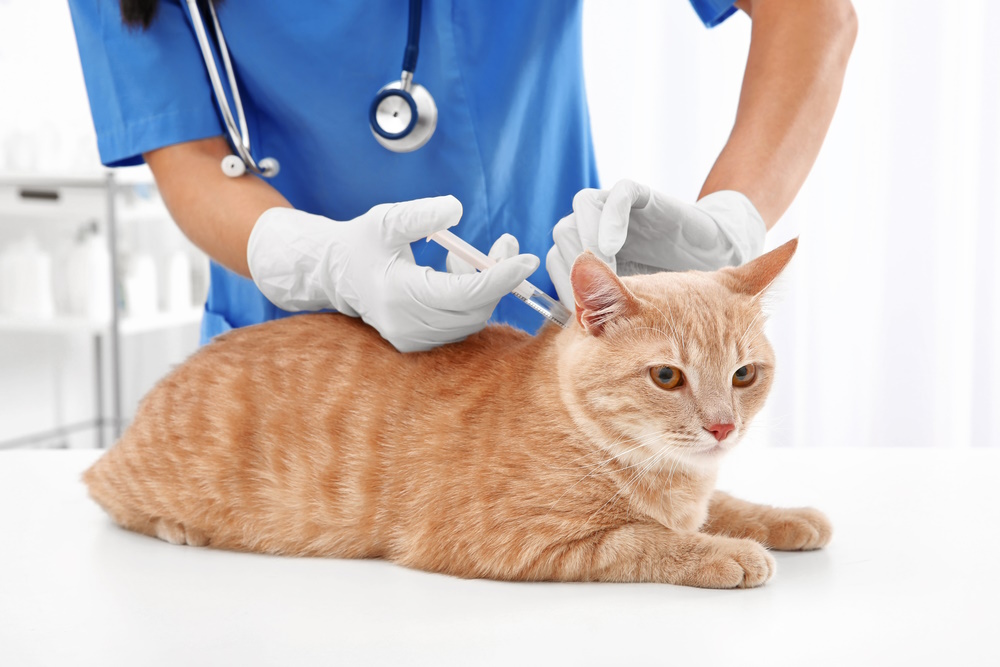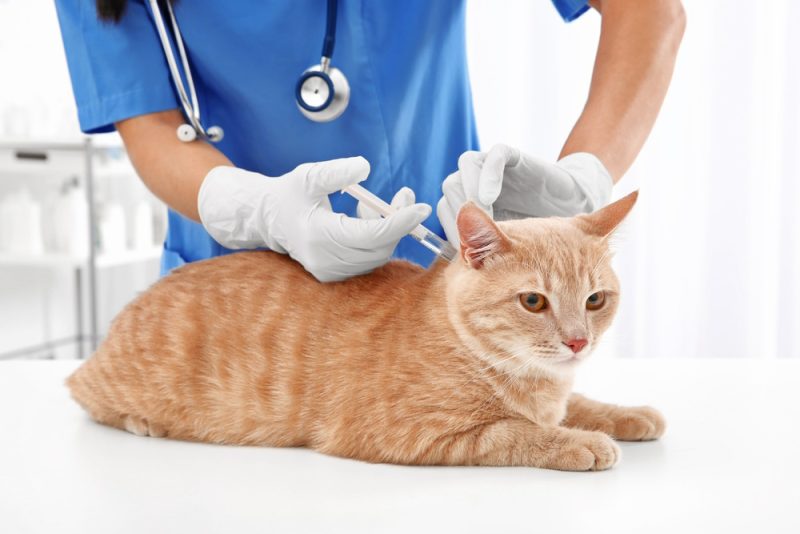Preventing a cat from getting pregnant is most commonly accomplished through spaying and neutering. But there might be times when a cat owner doesn’t want such a permanent solution and would rather investigate other options. It’s even better if it can be accomplished naturally.
There are various alternatives to spaying and neutering, although only one is truly a “natural” method.
If you’re interested in learning more, here, we discuss the different options for preventing cats from getting pregnant.
The 4 Natural Ways to Stop Cats From Getting Pregnant
While spaying is the best and most reliable option, it is also permanent. There are times when some cat owners don’t want to opt for surgery, usually because they plan on breeding their cat at some point in the future. If this is the case, these methods of birth control may be effective until they are ready for breeding.
The following are some options available that can stop your cat from getting pregnant.
1. Quarantine
This is technically the most natural and easiest way to prevent pregnancy in your cat if you don’t want to spay them. But while it may seem easy, it’s also somewhat complicated. Quarantining is simply that-keeping your cat away from males every time she goes into heat.
Heat is another word for estrus, which is when a female becomes receptive to a male and is capable of becoming pregnant. It lasts an average of 7 days. You need to learn the signs of when your cat is going into heat so that you can keep her inside and away from intact (unneutered) male cats.
- Rubbing on furniture or people
- Seeking attention
- Rolling on the floor
- Raising hind end when you touch her back
- Increased vocalization
- Increased urination
- Spraying urine on vertical surfaces
If she isn’t bred, she will typically go out of heat for a week or so and then do it all over again. Cats are considered seasonal breeders, so a female can go into heat multiple times during a span from early spring to late fall in the northern hemisphere. This means you’ll have to keep a close eye on your kitty for many months in order to determine when she’s going into heat and to keep her from trying desperately to get out of confinement to find a male while in heat.
2. Hormone Injections or Pills

Female cats can be given hormones by injection or pills as a form of birth control. The most common hormone is medroxyprogesterone acetate. It is only available via a prescription from your vet.
Female cats only need the pill once weekly or an injection about every 6 months. However, there can be serious side effects. These include increased thirst and appetite, hair loss, lethargy, personality changes, and infection of the uterus.
3. Hormone Chip
The hormone chip can be used for both male and female cats and is commonly called chemical castration. The GnRH implant reduces reproductive hormones for up to 24 months.
It is not legal for use in the United States.
4. Melatonin Chip

The melatonin chip is another uncommon option that can help prevent estrus for 2-4 months. You must take your cat to your vet to have it placed.
Why Birth Control for Cats Is Necessary
Unwanted or unplanned litters contribute to the homeless cat population.
It’s estimated that there are 30 to 40 million community cats (homeless cats that live in large cat communities) in the United States alone.
- Cats can become pregnant by 5 months of age.
- One cat can have 2-3 litters per year.
- Roughly 530,000 cats are euthanized every year in the U.S.
Without some form of control, the numbers of homeless cats or cats euthanized per year can increase exponentially within a short period of time. This is why neutering and spaying have long been the traditional methods for feline birth control because they effectively stop reproduction on a permanent basis.
Spaying a female cat is accomplished by removing the cat’s uterus and ovaries, which stops the cat from going into heat, helps prevent uterine infections, and lowers the chances of the cat developing mammary gland cancer. Neutering the male entails the removal of the cat’s testicles, which not only makes them infertile, it can also help decrease aggressive behavior and spraying.
If your cat is an outdoor cat, it may be essential that you have them spayed or neutered to avoid unwanted pregnancies as the other methods of birth control can be hard to manage.
Conclusion
Unless you plan on breeding your cat, it’s best to spay/neuter them. Most of the options listed here are designed as short-term solutions and can be difficult to stick with in the long term. For example, keeping your female in quarantine every time she goes into heat will likely become frustrating for you. Her behavior can be annoying at best, and you might also feel bad when watching her go through each heat cycle in confinement.
Speak to your veterinarian about your options so that you can do what’s best for you and your cat.
Featured Image Credit: Africa Studio, Shutterstock











